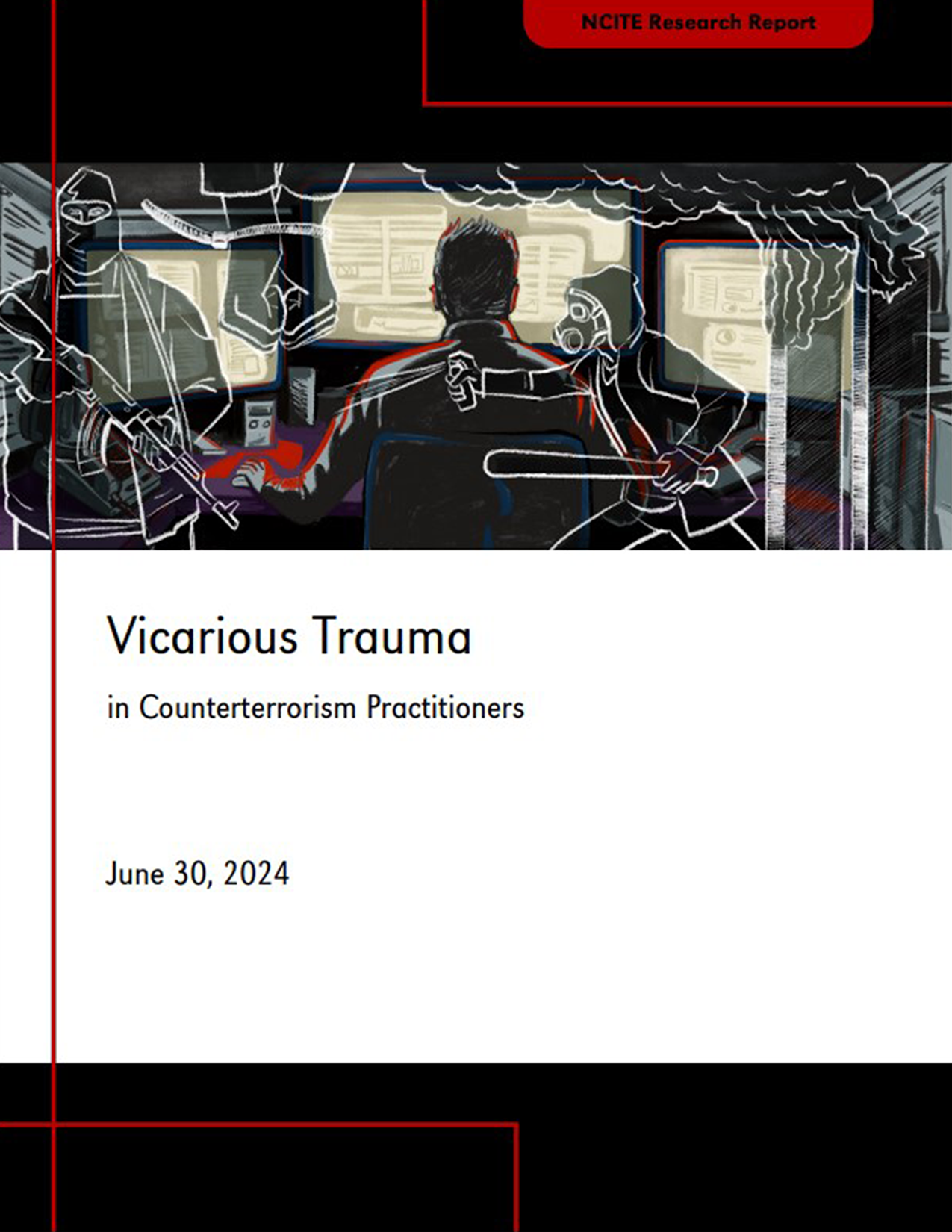Vicarious Trauma in Counterterrorism Practitioners

This project concluded in 2024.
So What?
Continued exposure to violent material might cause harm to counterterrorism workers, potentially driving them out of a field that needs their knowledge, experience, and abilities.
Project Summary
This project will develop a baseline understanding of how practitioners are affected by exposure to violence and will outline the implications this may have on the homeland security workforce.
Purpose/Objectives
The project seeks to explain how counterterrorism professionals are affected by exposure to violent materials, to what extent vicarious trauma is affecting the counterterrorism workforce, and what tools exist or may be modified to mitigate these potential harmful impacts on the homeland security enterprise.
Method
Rather than subject individuals to viewing violent materials, researchers will survey and interview a population already exposed to the content. They will disseminate a Qualtrics survey to various mission centers across the homeland security enterprise and hold longer, unstructured interviews to parse out greater detail.
Researchers will measure levels of exposure, ranging from low (data sets, open-source, non-graphic material) to high (visiting active conflict locations with terrorist insurgent actors). A control group of similarly situated professionals who do not deal with violent subjects will be used to differentiate from typical workplace burnout versus vicarious trauma.
Outputs and Impact
- Analysis of interview and survey responses
- Workshop to discuss how results are relevant
- Policy report
Reports and Publications
 |
Vicarious Trauma in Counterterrorism PractitionersThis report aims to address the distress that affects those in counterterrorism careers in relation to the consumption of media containing traumatic materials. |
Research Team
 |
Joseph Young, Ph.D.
|
 |
Daisy Muibu, Ph.D.
|